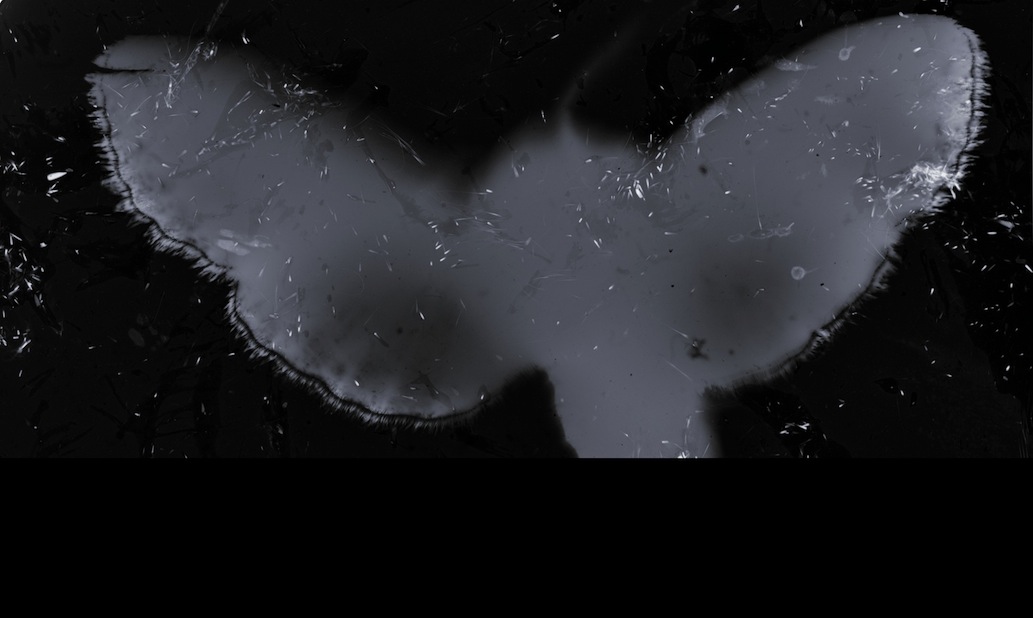Enduring rivers of light: waters of memory, Aotearoa & Āniwaniwa
DOI:
https://doi.org/10.60162/swamphen.3.10604Keywords:
Maori art, Aniwaniwa, Maori and indigenous rights to water and rivers, Brett Graham, Rachel Rakena, rivers, cultural memory, giant dams, cultural loss, salmon, FirstNations canadian peoples, Native America and Maori experiences of Dams, art installationsAbstract
This essay considers the major New Zealand installation artwork Āniwaniwa, by Māori New Zealand artists Brett Graham (Ngāti Koroki Kahukura) and Rachel Rakena (Ngāi Tahu, Ngā Puhi) The paper contextualises the installation around text about dams that inundate homeplaces, and refers briefly to the indigenous politics of water and memory in contemporary Aotearoa New Zealand.
That Āniwaniwa received its most international exposure in a thirteenth-century salt warehouse at the 2007 Venice Biennale, where the viewer was invited to see the work whilst supine on the floors. It installation is testament to The artists’ innovation and calibre, as well as the evocative appeal of the work.
Downloads
Published
2013-11-05
Issue
Section
Visual Culture
License
Authors who publish with this journal agree to the following terms:- Authors retain copyright and grant the journal right of first publication with the work simultaneously licensed under a Creative Commons Attribution License that allows others to share the work with an acknowledgement of the work's authorship and initial publication in this journal.
- Authors are able to enter into separate, additional contractual arrangements for the non-exclusive distribution of the journal's published version of the work (e.g., post it to an institutional repository or publish it in a book), with an acknowledgement of its initial publication in this journal.
- Authors are permitted and encouraged to post their work online (e.g., in institutional repositories or on their website) prior to and during the submission process, as it can lead to productive exchanges, as well as earlier and greater citation of published work (See The Effect of Open Access).

